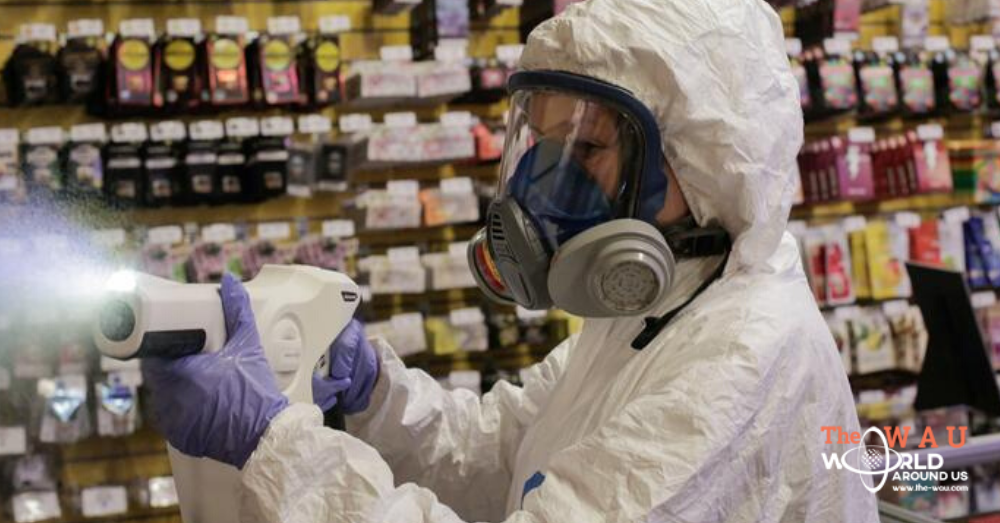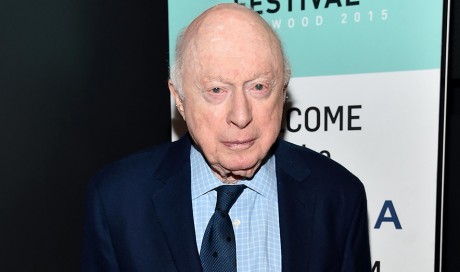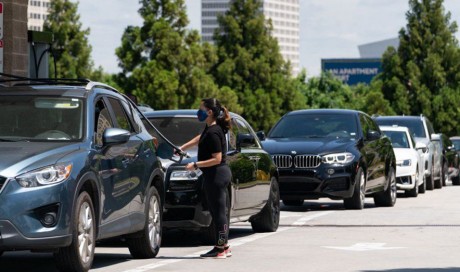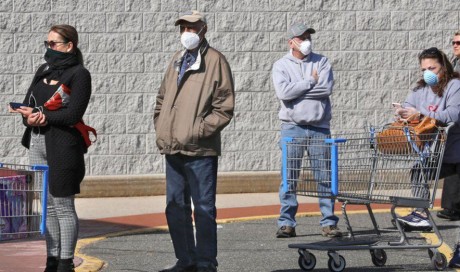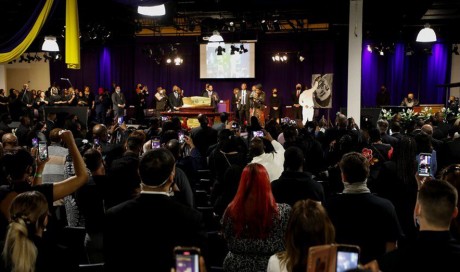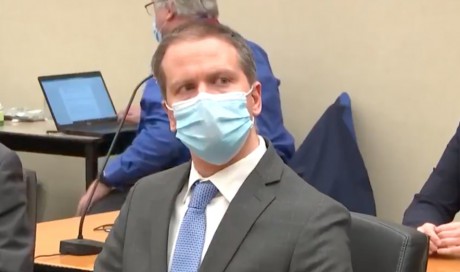Although the United States government is making every effort to provide necessary supplies in response to the Covid-19 outbreak, supplies will only help so much, Surgeon General Dr. Jerome Adams said at a town hall for the American Society of Anesthesiologists on Thursday.
“We will not supply our way out of this problem,” he said.
The White House Coronavirus Task Force has provided 9 million N95 respirators from the Strategic National Stockpile, and it has worked with manufacturers to increase production of N95 respirators to 100 million a month, according to Adams.
He also said the national stockpile purchases 0.1% of all national supplies, while the remaining 99.9% are utilized by commercial and private markets.
“A lot of the capacity that folks are looking for is already out there. It’s sitting on shelves in surgery centers. It’s sitting in hospitals. It’s just misaligned,” Adams said. “I really want you all to think about how you can help us fix that misalignment.”
Other ways to increase supplies are elimination of elective surgeries and converting anesthesia ventilators to ICU ventilators, according to Adams.
He also talked about the importance of testing. “By this time next week, we expect to be close to two million tests,” he said.
Other than provision of medical supplies to areas that need them most, Adams reiterated the importance of the general public taking social distancing and good hygiene practices seriously. According to Adams, the disease runs its course about six to eight weeks after strict social distancing, as seen in China and other parts of Asia.
By decreasing the number of infected people, he explained, the demand for supplies would also decrease. “The way we get out of this crisis is to lower demand,” he said.
Share This Post

